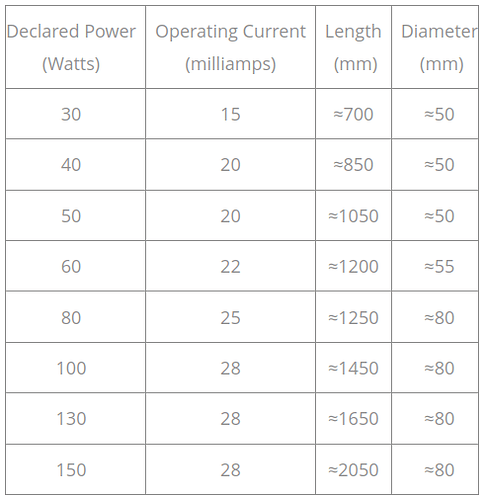The mA meter is the only ‘tangible’ evidence we have to referencing the power we’re using. So yes it’s a great tool, but most of these lasers don’t even come with one. Many people use these without a mA meter…
All I’m advising is that you understand what it is you’re reading and that entails how the meter itself works…
Although an led laser doesn’t operate like a dc excited laser you can point out similarities.
The pwm on an led laser turns on when it goes high and off when it goes low. So at 50% pwm the laser is on 100% for 50% of the period (frequency of the pwm). At 1kHz pwm it would lase 100% for .05mS (period is 1mS).
Lots of ‘things’ happen to a tube laser before it’s actually lasing, one of the arguments about running at low power levels causing damage.
Since the people who manufacture and test these tube do so by setting the lps to the maximum allowable current for the tube and make their measurements from there, indicated to me I need to control the lps current itself.
When I was setting up mine, Russ Sadler advised me to set it for 50% pwm and set the lps to 1/2 the maximum current. This worked out well and the percentages in lightburn line up properly …
I have read people here that purchase a 60W tube and the manufacturer recommends a maximum current of 10 or 12 mA… I remember reading in my documents that my 50W had a limit of 21mA, so I wonder…
I found this on one of the laser sites… my tube is 880mm in length, it has a measured output of 44W with a Mahoney meter.
![]()
